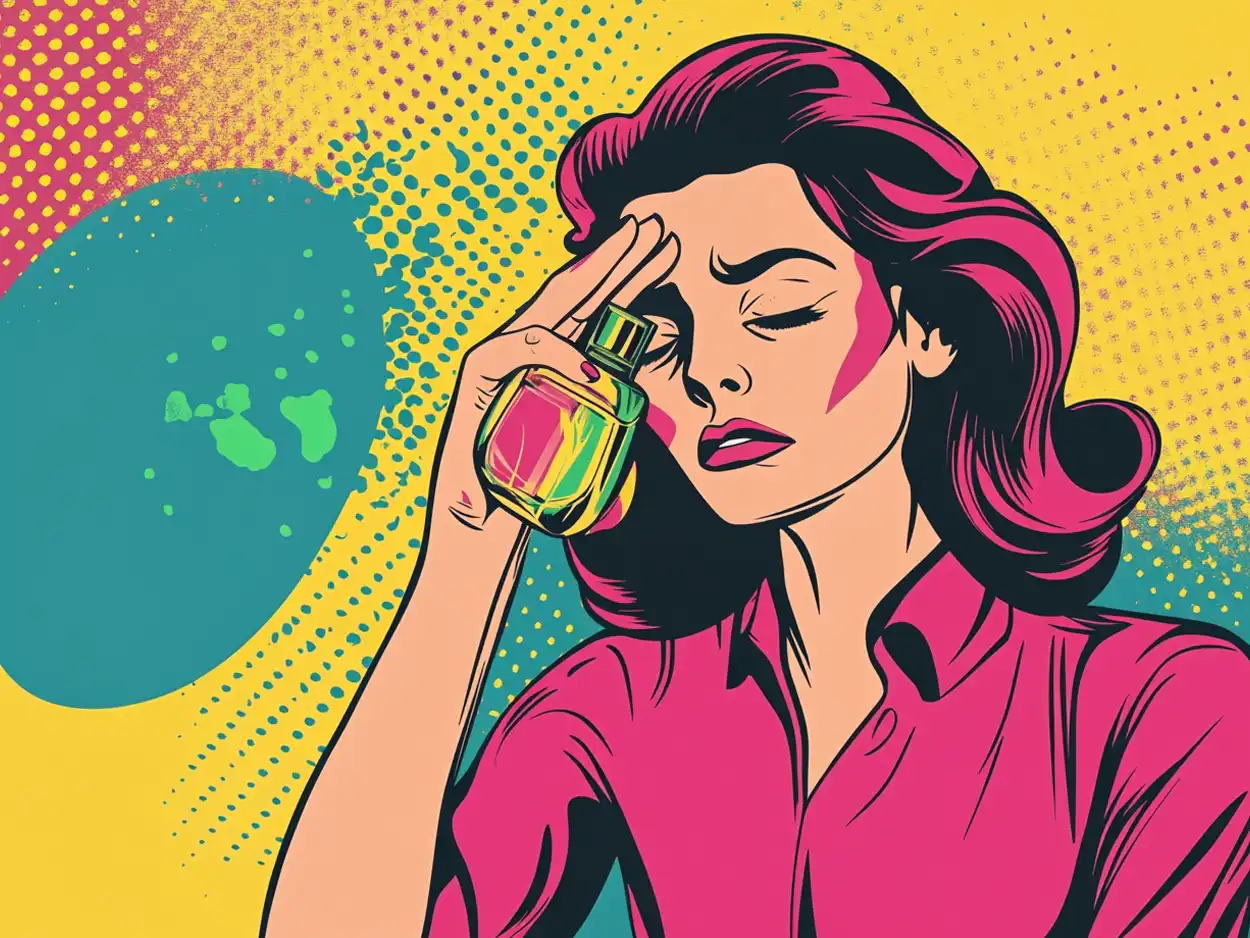Perfume purchases can be thrilling, but sometimes the excitement fades when you realize the scent isn’t quite what you expected (especially if you’ve paid a pretty penny for it). That initial wave of disappointment can be crushing, leaving you with a bottle of expensive liquid that seems destined to gather dust on your vanity. But don’t despair just yet!
Before you resign yourself to a costly mistake, there are several strategies you can try to make the most of your fragrance investment. The world of perfumery is full of surprises, and what seems like a misstep today could become your signature scent tomorrow.
1. Check the Brand’s Return Policy
Firstly, before resigning yourself to keeping an unwanted perfume, take a moment to review the brand’s return policy. You may be surprised to learn that a lot of brands and retailers understand the personal nature of scent preferences and offer customer-friendly policies to ensure satisfaction.
Some high-end perfume houses provide satisfaction guarantees, allowing you to return or exchange a fragrance even after it’s been opened and tested. Department stores often have similar policies, especially for premium fragrances. Don’t assume that an opened bottle can’t be returned – many places accept gently used perfumes within a certain timeframe.
2. Give It Time to Macerate
You might be surprised to learn that perfumes, like fine wines, can benefit from a bit of aging. This process, known as maceration, allows the various components of the fragrance to blend and settle, potentially altering its scent profile. When you first spray a new perfume, you’re often experiencing it in its most volatile state.
Give your fragrance a few weeks to fully develop before making a final judgment. Store the bottle in a cool, dark place and revisit it periodically. You may find that the harsh top notes that initially turned you off have mellowed, or that subtle nuances have emerged, creating a more harmonious and appealing scent.
3. Check for Nose-Blindness
If you’ve been wearing your new perfume consistently and suddenly feel it’s underperforming, you might be experiencing olfactory fatigue, commonly known as nose-blindness. This phenomenon occurs when your nose becomes accustomed to a scent, making it difficult for you to detect it even though others around you can still smell it clearly.
To determine if nose-blindness is the culprit, take a break from wearing the fragrance for a few days. Then, apply it and ask a trusted friend or family member for their honest opinion on its strength and overall scent. You might be surprised to learn that what you perceive as a weak or disappointing fragrance is actually quite potent to others.
Additionally, try alternating between different scents throughout the week. This rotation can help prevent your nose from becoming too accustomed to any one fragrance, allowing you to better appreciate each one when you do wear it.
4. Test in Different Scenarios
Perfumes are complex creations that can react differently depending on various external factors. Before writing off a fragrance, experiment with wearing it in different environments and conditions. The same scent that seems lackluster in an air-conditioned office might bloom beautifully in the warmth of a summer evening.
Try wearing your perfume on cooler days and warmer ones, noting how the temperature affects its projection and longevity. Some fragrances shine in humidity, while others perform better in dry climates. Test it out during different activities, too – a scent that feels overwhelming during a quiet day at home might be perfect for a night out dancing.
5. Use It for Low-Stakes Occasions
If you’re still not completely sold on your perfume but don’t want it to go to waste, consider reserving it for less important occasions. This approach allows you to get some use out of your purchase without feeling self-conscious about wearing a scent you’re not fully confident in.
Spritz it on for a workout session at the gym, where a light fragrance can be refreshing. Wear it while running errands or doing household chores – you might find it adds a pleasant touch to mundane tasks. It can also be a great choice for lounging at home, where you can enjoy the scent without worrying about others’ opinions.
6. Sell or Swap It
If you’ve decided the perfume isn’t for you, consider turning it into an opportunity to recoup some of your investment or explore new scents. The fragrance community is vast and active, with many enthusiasts eager to try different perfumes without committing to a full bottle.
Online marketplaces like eBay or dedicated fragrance forums often have sections for buying, selling, or swapping perfumes. You can list your bottle, describing its usage and condition accurately. If you’ve only used it a few times, you might be able to sell it for a good portion of its original price.
Alternatively, consider decanting your perfume into smaller bottles. This allows you to sell portions of your fragrance, making it more affordable for buyers and potentially earning you more than selling the whole bottle at a discount. It’s a win-win situation – others get to try a new scent, and you minimize your loss.
7. Layer It with Other Scents
Perfume layering is an art that can transform a fragrance you’re lukewarm about into something you love. Combining your perfume with other scents, you can create a unique blend that suits your taste better than the original alone.
Start by layering your perfume with a complementary scent from your collection. For instance, if you find your perfume too sweet, try layering it with something woody or spicy to add depth. Alternatively, layer it with a simple, single-note fragrance like a vanilla or musk to soften or amplify certain aspects of the scent.
Don’t limit yourself to just perfumes – experiment with scented lotions, oils, or even hair mists. The key is to start with light applications and build up gradually until you find a combination that works for you. This experimentation can not only salvage a disappointing purchase but also help you develop a signature scent that’s truly unique.
8. Keep It for Future Use
Our sense of smell and our fragrance preferences can change significantly over time. A scent that doesn’t appeal to you now might become a favorite in the future. Instead of getting rid of the perfume immediately, consider storing it properly and revisiting it after some time has passed.
Keep the bottle in a cool, dark place to preserve its quality. Every few months, give it another try. You might find that as your tastes evolve, or as you encounter different life experiences, your perception of the fragrance changes. A scent that once seemed too mature might suddenly feel sophisticated, or notes you previously overlooked might suddenly stand out in a pleasing way.
This approach also allows you to experience how the perfume ages over time. Some fragrances, especially those with a high concentration of natural ingredients, can develop beautifully over the years, much like a fine wine.
9. Re-Gift or Repurpose It
If you’ve exhausted all other options and still can’t warm up to the perfume, consider giving it a new life by re-gifting or repurposing it. Fragrance can make a lovely gift, and what doesn’t work for you might be perfect for someone else.
When re-gifting, be thoughtful about the recipient’s tastes and ensure the perfume is still in good condition. Present it as a new gift, perhaps paired with matching body lotion or a beautiful atomizer for a more personalized touch.
If gifting isn’t an option, get creative with repurposing. Use the perfume to scent your linens by lightly spraying it on sheets or towels before ironing. Create your own room spray by diluting it with water in a spray bottle.

